Why Chickens Laying Thin-shell Eggs and How to Prevent?
There are many reasons for layer chicken producing thin-shell eggs, such as being scared, lack of calcium, poor ventilation in the house, and infrequent disinfection. We can solve this problem by adding calcium to the feed, ventilating the house, and regular disinfection.
Physiological factors
1. Continuous egg production
Hens lay eggs continuously for a long period of time, which can easily lead to the decline of physiological functions, often making the eggshell thinner or producing soft-shell eggs. Therefore, to improve feed quality, increase animal protein feed, and often basking in the sun, strengthen feeding management, and promote laying hens to restore physiological functions as soon as possible, to ensure that the chickens can lay eggs normally.
2. Genetic factors
Different breeds of chickens have different eggshell qualities, such as native eggshells with thicker shells, and exotic breeds with thinner shells that are easily broken. Therefore, the selection method can be used to increase the thickness of the eggshell of the variety and reduce the egg breaking rate.
3. Egg-laying time
General chicken farms are fed around 8 am. During the day, the blood calcium concentration is high, and the calcium secretion of laying hens during egg formation is sufficient. Therefore, the egg shells produced in the afternoon are generally thick. Eggs laid before 10 a.m. are usually formed at night. Most hens are at rest at night. The food intake is very small and the blood calcium concentration is low. Therefore, eggs laid in the morning are generally thin.
4. Influence of age
Generally, older hens have larger eggs, but the eggshells are thinner. Therefore, it is generally appropriate to feed layers for 2 years.
5. Thyroid dysfunction
Thyroid dysfunction in chickens will seriously affect the absorption and utilization of calcium, thereby producing thin-shell eggs or soft-shell eggs. Feeding thyroxine tablets for 3-5 days can quickly harden the eggshell.
6. Moulting
Physiological changes during the hen’s moulting process will also make the eggshell thinner and increase the number of broken eggs. Therefore, it is necessary to use whole barley for chickens to eat freely for 3-5 days during the moulting period.
7.Frightened
The chicken is frightened, which disrupts the nerve function and endocrine gland function, which makes the calcium formation of the egg impaired, or the egg is excreted too fast, so that a soft-shell egg is born. The egg quickly returned to normal after the fright was lifted.
8.Injured or sick
The hen is injured or sick, disturbing the metabolism of calcium and producing soft-shell eggs.
9.Protozoan schistosomiasis
In the early stage of protozoan schistosomiasis, soft-shell eggs are laid, and in the later stage, ovulatory shell fragments or liquid like lime water flows out. The production of soft-shelled eggs in chickens is a mistake in feeding and management, so care should be taken to keep the chicken house clean and dry, the air fresh and quiet, and to supply high-quality bone meal and fresh green feed according to actual needs can be resolved in time. If it is caused by protozoan fluke, treat it according to the disease, insert a small rubber tube into the esophagus and administer 2-3ml of carbon tetrachloride. The initial effect is significant.
Management factors
1. Poorventilation
Poorly ventilated chicken house, causing ammonia concentration to be too high, causing respiratory ammonia poisoning, causing the body to lose more carbon dioxide, resulting in insufficient calcium carbonate ions forming calcium carbonate, affecting the absorption of calcium, thus Cause thin-shelled eggs. Therefore, the chicken house should be ventilated and cleaned, and the feces should be cleaned in time to prevent the ammonia concentration from being too high.
2. Chicken house temperature
Too high or too low temperature will affect the quality of eggshell. When the temperature is higher than 32°C, it is difficult for the chicken to dissipate heat, the appetite is reduced, and the feed intake is reduced. Thin or soft shell eggs. When the temperature is below minus 12 degrees Celsius, the chicken feed intake will decrease and the eggshell will become thinner. Therefore, it should be ventilated and cooled in summer, and kept warm in winter to keep the temperature in the house between 15℃-25℃, and adjust the concentration of energy, minerals, and protein in the diet of laying hens according to the season to improve egg production. Rate and eggshell quality. Adding 0.5%-1.5% baking soda mixed feed to the feed can improve the strength of the eggshell and greatly reduce the thin and soft shell eggs. Add 0.5%-1.0% chili powder to the winter diet to increase the heat of the chicken, improve cold resistance, and increase heating.
3. The chicken house is dirty and moist
produces too much ammonia, and has poor ventilation, causing chicken ammonia poisoning and causing soft-shell eggs. Need to disinfect the house regularly.
4. Water shortage
Water is not only a solvent for nutrients, but also one of the most important nutrients. Water helps digest, absorb, transport nutrients and metabolites, expel waste and regulate body temperature. The chicken body and the egg contain about 64% to 75% and 70% water, respectively. Therefore, if the laying hens do not drink water for 24 hours, they will not lay eggs for one month, or the total egg production will drop by about 30%, and the thin-shell soft-shell eggs will increase significantly. Especially in summer, chickens breathe faster in summer, the amount of water evaporation is large, and the amount of drinking water increases. Therefore, it is necessary to ensure sufficient drinking water, and at the same time, drinking water can also play a cooling effect. If there is no water supply for one day, the egg production will drop by 30%. In summer, the water supply to laying hens should pay special attention to the addition of vitamin C, electrolytic multi-dimensional, astragalus polysaccharides and other immune synergists to prevent stress reactions caused by high temperature. For example, adding 0.1% sodium bicarbonate in drinking water has a significant effect on improving the high temperature resistance and egg production rate of laying hens, and can also improve the quality of eggshell; adding 0.01% to 0.04% vitamin C and 0.2% to 0.3 in drinking water % Amine chloride also has a role in relieving heat stress; adding 0.3% citric acid to feed can relieve heat stress, improve egg production rate and feed reward; adding 0.1% fumaric acid to feed or drinking water has a sedative effect The medicine can effectively relieve the heat stress reaction, increase the feed intake of laying hens and increase the egg production rate.
Feed factor
1. Calcium deficiency
Laying hens need a large amount of calcium to form eggshells. Calcium deficiency in diets will produce thin or soft eggs. A chicken eats 50g-70g of feed per day, and the utilization rate of calcium in the feed is only 60%. The calcium in the feed is not enough. Therefore, 3%-4% shell powder should be added to the chicken compound feed to supplement the deficiency.Generally, you can choose from the afternoon to the night of one day. But it is best to choose 2-5 o’clock in the afternoon, because most of the calcium absorbed by chickens in the morning is stored in the bones, and the calcium absorbed in the afternoon or evening is used directly for the formation of egg shells on the same day. In addition, 2-5 pmis also the peak of the chicken’s feeding day. The appetite is the strongest and the fastest is the most.Calcium supplement method:You can wait for half an hour after the chicken eat out the feed in the trough, and then sprinkle the calcium into the trough. If you feed regularly, you can add calcium before the next feed, and then feed it. This method can be tried many times to achieve the desired effect.
2. Lack of vitamin D
Even if the calcium and phosphorus in the diet are sufficient, it will cause calcium and phosphorus absorption and metabolic effects, resulting in small eggs, deformities, thin shells and soft shells, decreased egg production and hatchability. Therefore, the most economical and effective way to obtain vitamin D is to let the chicken get more sun, so that the 7-deoxycholesterol contained in the skin and feathers can be converted into vitamin D3 after being irradiated by ultraviolet rays and absorbed. Vitamin D3 is generally added to the diet during production. Cod liver oil is used as a vitamin D supplement in diets and as a treatment for vitamin D deficiency, and satisfactory results can be obtained.
3. Phosphorus deficiency
Phosphorus plays an important role in the formation of chicken bones, eggshells and somatic cells, as well as the use of carbohydrates, fats and calcium. In particular, hens need more phosphorus because the egg yolk contains more phosphorus. The phosphorus requirement in chicken diet is 0.6%, and the effective phosphorus should contain 0.5%. Therefore, 1%-2% bone meal or calcium phosphate must be added to the feed to supplement calcium and phosphorus deficiency.
4. Feed mildew
The feed is mildewed due to improper storage. After feeding the chicken, the liver and kidney of the chicken are attacked by aflatoxin, which destroys the metabolism of vitamin D in the chicken body, resulting in weight loss of the chicken and reduced feed reward. , Poor disease resistance, reduced egg production and softened eggshell. Therefore, the feed must be properly stored to prevent moisture and mildew.
5. Improper proportion of calcium and phosphorus
Whether it is less calcium or more phosphorus or less phosphorus or more calcium, it will have an adverse effect on chicken health, growth and egg production and eggshell quality. The ratio of calcium and phosphorus in the general diet should be 6-8:1. Improper proportions of the two will result in the production of thin or soft shell eggs. Since the calcification of the eggshell mainly occurs in the evening of the previous day, it is appropriate to extend the feeding time in the evening. Therefore, feeding chickens with shell fragments or bone meal every evening can improve eggshell quality.
6. Improper use of additives
Reasonable use of additives can improve egg production rate and eggshell quality. However, the ingredients contained in the various feed additives used in my country are very different at present, and it is necessary to select suitable additives according to the situation of the flock and master the reasonable dosage.
In summary, the production of soft-shell eggs in chickens will be affected in many ways, so you should carefully check each link during the breeding process, ventilate and sterilize the house in time, check the temperature of the house, and ensure the supply of feed and water, especially in summer. The proliferation of various pathogenic microorganisms and parasites, coupled with the effect of high temperature, will weaken the resistance of chickens to diseases, so it is necessary to focus on prevention and treatment, so as to ensure the health of chickens and the production of eggs, bringing higher interest.
Hope this article was helpful and thanks for reading!
If you still have questions, you can ask our online sales or send email to sales@china-chickencage.com. You will receive our reply in 24 hours.



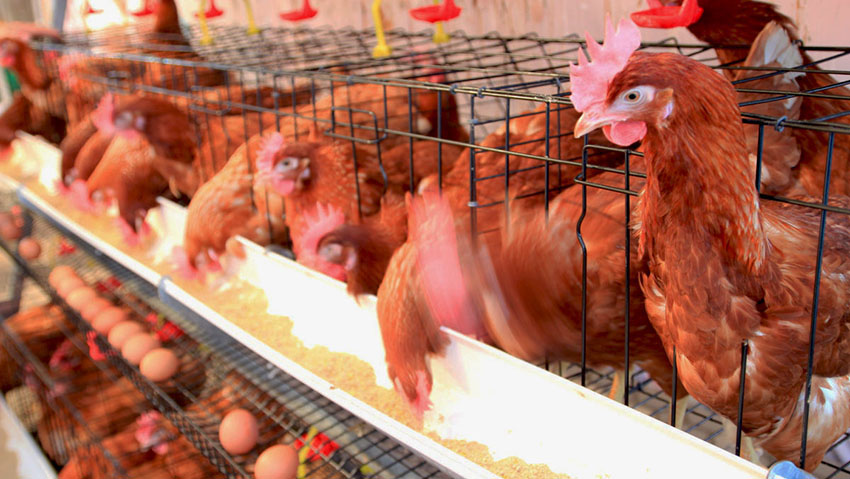






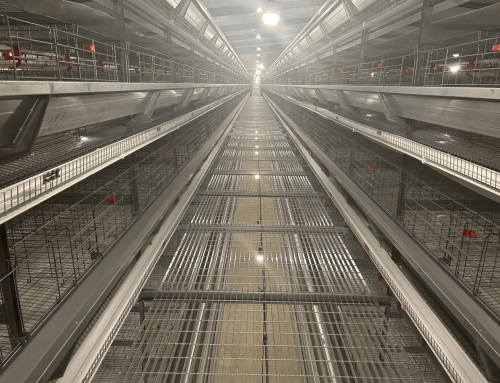
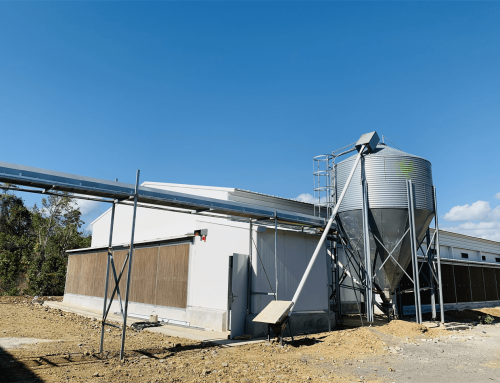
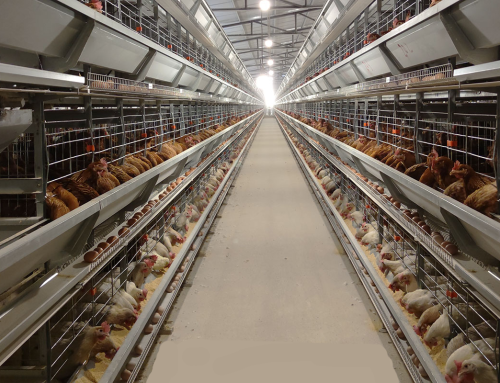
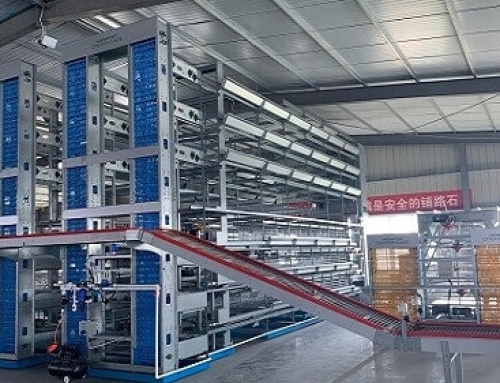
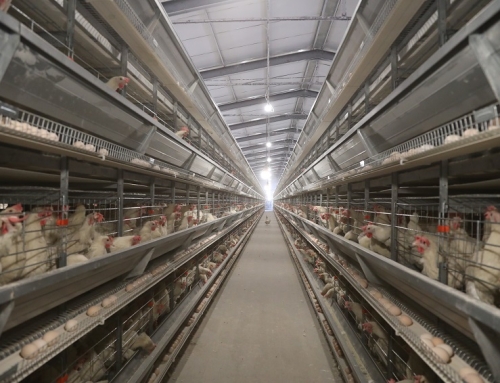
Leave A Comment